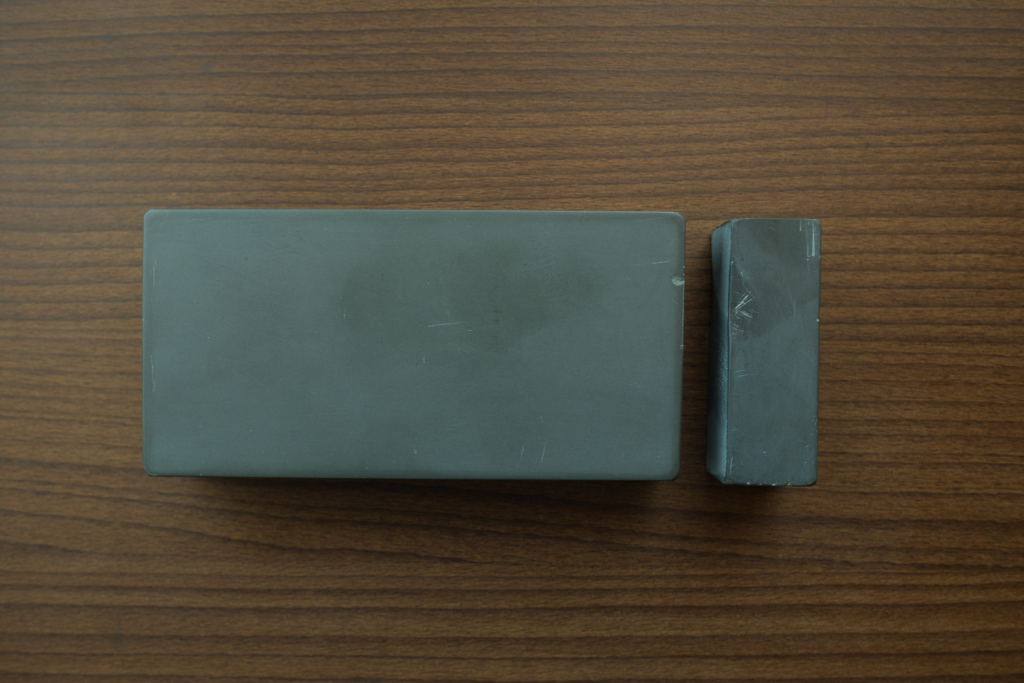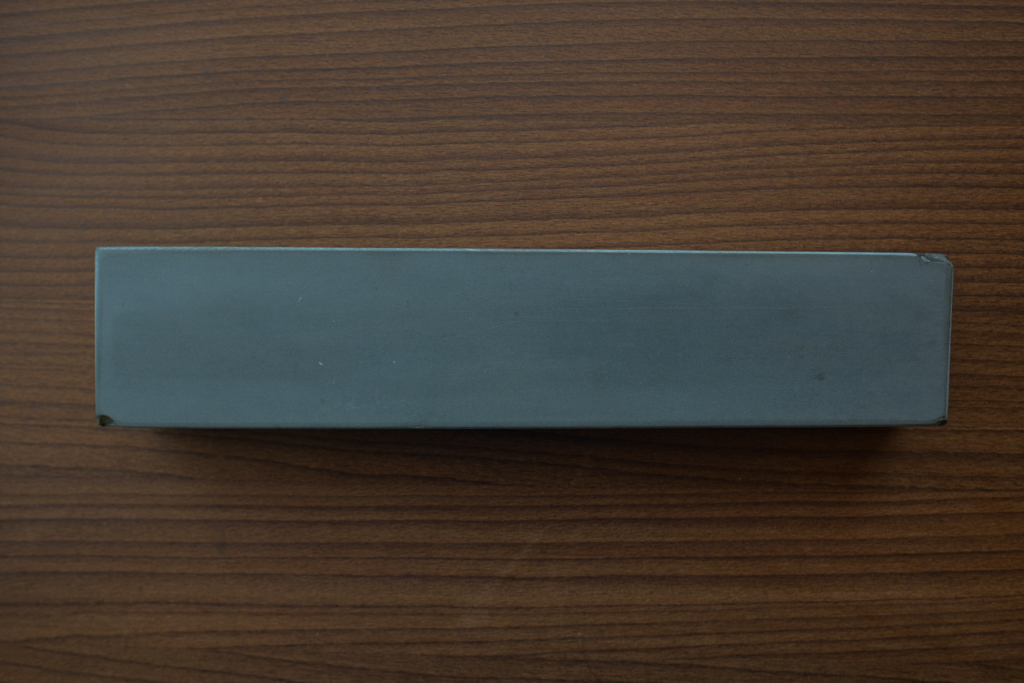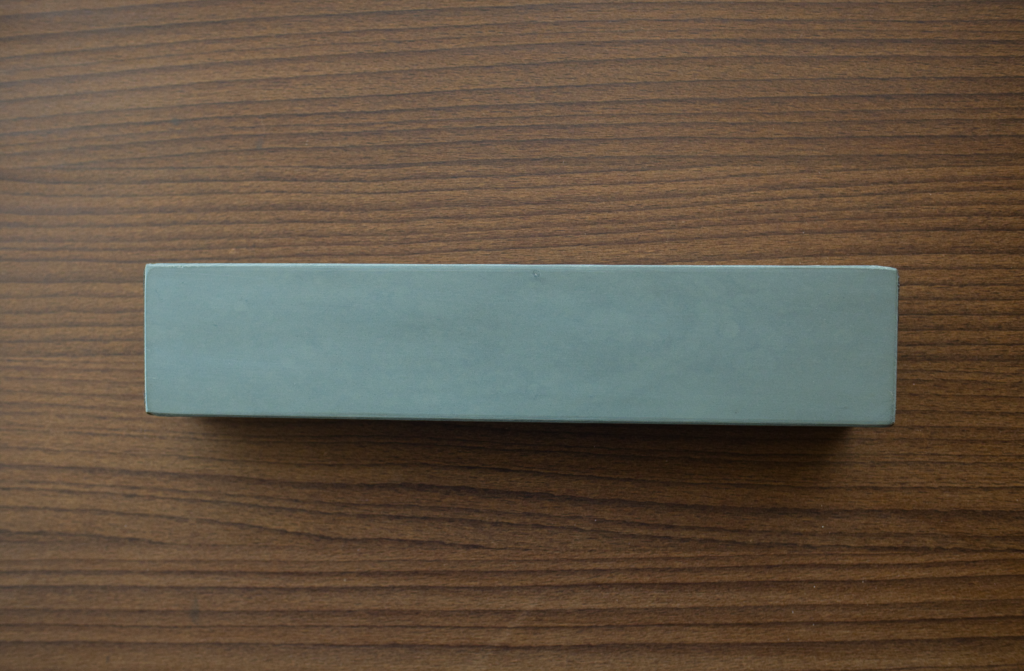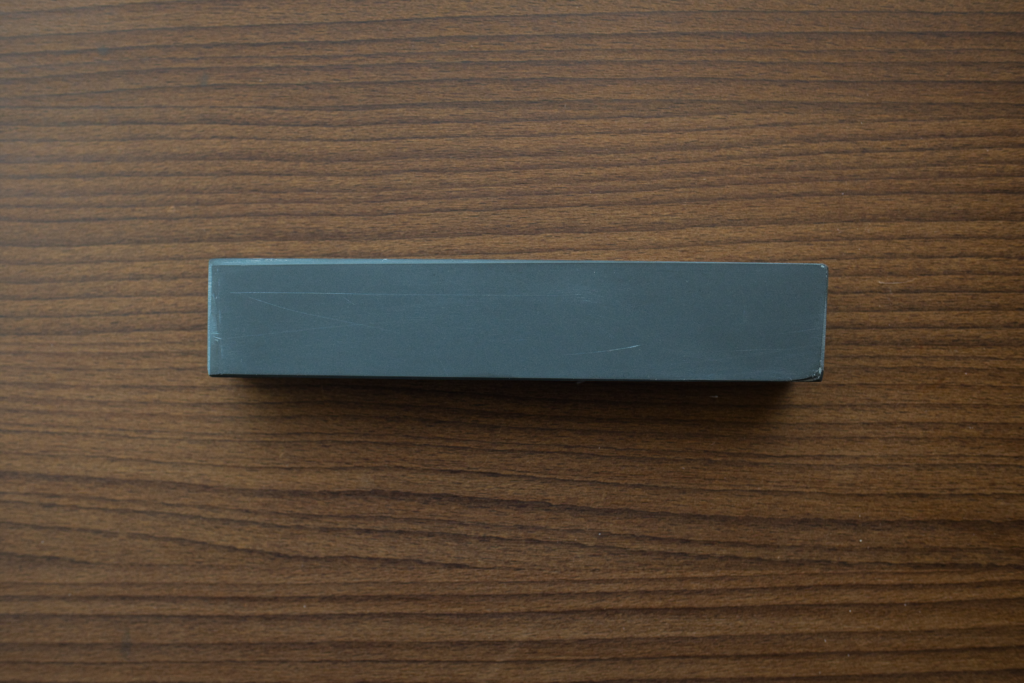Thuringian Hones from Germany including those under the Escher Thuringian Hone brand are considered one of the best razor honing stones. These are a clay slate stone which comes out of the Thuringia region of Germany and are the most sought-after razor hone of all others from Europe. The stone was formed in the upper Devonian (375-385 million years ago) period made of very fine particles of various Clays and quartz crystals which went through a metamorphic process. Thuringian stones were pulled from multiple quarries around the Thuringian Forest in Eastern Germany (which is now a Protected Wildlife Sanctuary) on a ridge that runs Southeast from the Werra River near the valley of Rodach River and separates the forest from the Franconian Forest. WW2 greatly disrupted the ongoing production of these stones, with the last mine going out of business in 1966 before the area was made a preserve. Thuringians are in the range of 10k+
All Eschers are Thuringians but not all Thuringians are Eschers as it goes. Escher Company (Escher & Co, Escher & Sohn, Escher & Son, J.G. Escher, & Sohn, JGES) was a specific seller of stones which were known for their meticulous QA process was considered very high and as such their products carry an understanding of quality to them. They did not mine the stones themselves but worked with the small local miners to source product. You can find Thuringians which are equal to Eschers in all quantities, but buying an Escher will ensure you get a very nice stone. This has also translated into pricing, and Eschers per gram may be one of the most expensive stones in the natural whetstone market today.
The Escher Thuringian Hone comes in a range of colors that sometimes – but not always – delineate the quality of behavior of the stone. As with all natural stones, you can only increase probability of certain performance rather than ensuring it if you are unable to test the stone personally. The reputations broadly as are follows – the colors are identified most clearly by how the slurry looks on your hand rather than the exact color of the stone:
- Yellow Green (Softest, Fastest, Medium-Fine) – Most Expensive and Rare
- Green or Light Green (Medium, Fast, Fine) – Middle Ground and Uncommon
- Blue Green (Hard, Fast, Finest) – Expensive and Uncommon, Most Balanced
- Dark Blue (Hardest, Slowest, Fine) – Least Expensive and Most Common
Though the chart above talks about Fastes/Slowest/Finenest/etc. they are all very close to the same performance. When comparing two Thuringians you may find a difference between them, but the two stones will still function “like a Thuringian” and be extremely similar compared to other stones. Worrying about the color is more of a collector’s concern than any particular topic.
There are modern day Thuringian Slate stones you can find being sold which are not the same as the older Thuringian / Escher stones. The same area that was mined in the past is no longer accessible for that activity, so it is only a related stone being sold. It is often very black, with small golden pyrite non-toxic inclusions in it which is considered lower quality and grit. These are often considered 6-8k analogous stones. Specific gravity tends to range from 2.63 to 2.73.



